Overview
These instructions are for Just Add Power Ultra Series devices running firmware B2.x.x. For older firmware, see A6.x.x Standard Video Wall or B1.x.x Video Wall.
A Standard Video Wall is a seamless rectangular grid of displays—same size, same orientation—each with its own Decoder (Receiver). A source can be viewed as a single screen and as part of the wall at the same time, and wall size can be changed dynamically as shown in this video.

In a Standard Video Wall, all displays are the same size/orientation and the full content area (100%) is shown across the wall.

Wall size limits: The web interface supports grids up to 16 rows × 16 columns. Larger layouts are possible—contact support for options.
If your displays differ in size or orientation, or aren’t edge-to-edge, consider a Mosaic Video Wall instead.
Just Add Power supports three wall types:
- Standard Video Wall: same size/orientation, grid-aligned, 100% content area displayed.
- Mosaic Video Wall: mixed sizes allowed; all displays are either all landscape or all portrait.
- Artistic Video Wall: mixed sizes/orientations, and any rotation angle (0–359.9°).
Requirements
- Multiple displays of the same size and orientation, mounted edge-to-edge
- One Decoder per display
- A PC that can reach a Decoder’s web interface:
- Set a static route on the router, or
- static route on the PC, or
- Change the PC’s default gateway to the Just Add Power switch IP
Content Scaling
A Standard Video Wall scales the input to fill the wall. If the wall’s aspect ratio differs from the content, the picture can appear stretched.
Common content AR: 16:9 (≈1.778). Examples:
- 1280×720 (720p)
- 1920×1080 (1080p)
- 3840×2160 (2160p)
Guidance:
If the wall AR is higher than 1.778, people look wider (“fat”).
If the wall AR is lower than 1.778, people look taller/narrow (“thin”).
The closer the wall AR is to the content AR, the more natural the picture.
Square walls (same rows and columns, e.g., 2×2, 3×3) preserve 16:9.




Bezel & Gap Compensation
Display bezels create gaps between viewable areas. You can either:
- Ignore gaps (show 100% of content; simpler transitions may look slightly discontinuous), or
- Compensate (treat bezels like window mullions; better motion continuity but some pixels align “behind” the bezel).
To ignore gaps, leave all screen measurements at 1. To compensate, measure accurately when prompted in the setup.


Training Video
Watch how to set up a Standard Video Wall.
Setup Instructions
- Prepare the system: Configure the switch and all Just Add Power Ultra Series devices.
- Measure one display (use the same unit for all; round to 3 decimals):
- Outside Width: frame-to-frame, long edge
- Outside Height: frame-to-frame, short edge
- Viewable Width: pixel-to-pixel video area, long edge
- Viewable Height: pixel-to-pixel video area, short edge
- Set all wall displays to the same source.
- Open one Decoder’s web UI (all wall setup is done from a single Decoder).
- Click Wall in the left menu.

- Dimensions: Enter Outside Width, Outside Height, Viewable Width, Viewable Height (round to 3 decimals). To ignore bezel gaps, leave all values at 1.
- Orientation: Set Overall Display Orientation to Standard, Inverted Top-Row, Clockwise, or Counter-Clockwise to match how the displays are physically mounted.
- Layout:
- Set Rows and Columns (up to 16×16). The diagram updates to match.
- (Optional) Give the wall a Name to distinguish multiple walls.
- Select the top-left display (it turns orange).
- From the dropdown, choose the Decoder IP behind that display. Not sure? Click Eyeball On to overlay IPs on all screens. Missing an IP? Click Rescan and try again.
- Assigned tiles gray out. Repeat until every tile is assigned.
- Click Eyeball Off to remove overlays.
- Click Apply. Screens will reposition one-by-one.
- Done!
- The display is zooming/scaling—disable any overscan/zoom; it must show 100% of the video.
- The source is interlaced (e.g., 1080i). Use progressive formats: 720p, 1080p, 2160p.
- Measurements or mounting aren’t precise—re-measure or adjust the displays.
Programming
You can change a Standard Video Wall live per Decoder, or send the same command to multiple Decoders for whole-wall changes. You can adjust rotation, size, position, mirror, bezel, shift, and scale.
- justAPI (REST) — full API reference
- Telnet — quick commands below
Telnet Format
Case-sensitive commands:
vw [options]
Options
-l — set size & position (Total Rows, Total Columns, Row Position, Column Position)
-r — set clockwise rotation (0, 90, 180, 270)
-m — horizontal mirror (y/n)
-b — bezel measurements (Outside Width/Height, Video Width/Height)
Set Size & Position
vw -l $TR,$TC,$RP,$CP
$TR — total rows (≥1)
$TC — total columns (≥1)
$RP — this Decoder’s row position (1…$TR)
$CP — this Decoder’s column position (1…$TC)
Examples:
- 2×2 wall, top-left tile:
vw -l 2,2,1,1 - 4×5 wall, row 2 column 3:
vw -l 4,5,2,3 - Return to single-screen:
vw -l 1,1,1,1
Set Rotation
vw -r $ROT where $ROT ∈ {0, 90, 180, 270}
- 90° clockwise:
vw -r 90 - 180° (upside-down):
vw -r 180
Horizontal Mirror
vw -m $M where $M = y (mirror) or n (standard)
- Enable:
vw -m y - Disable:
vw -m n
Bezel (Measurements)
vw -b ow:$OW,oh:$OH,vw:$VW,vh:$VH
$OW — Outside Width (integer < 65000)
$OH — Outside Height (integer < 65000)
$VW — Video (viewable) Width (integer < 65000)
$VH — Video (viewable) Height (integer < 65000)
Example: vw -b ow:4413,oh:2550,vw:4300,vh:2425
Troubleshooting
If the wall looks wrong after setup, start here.









